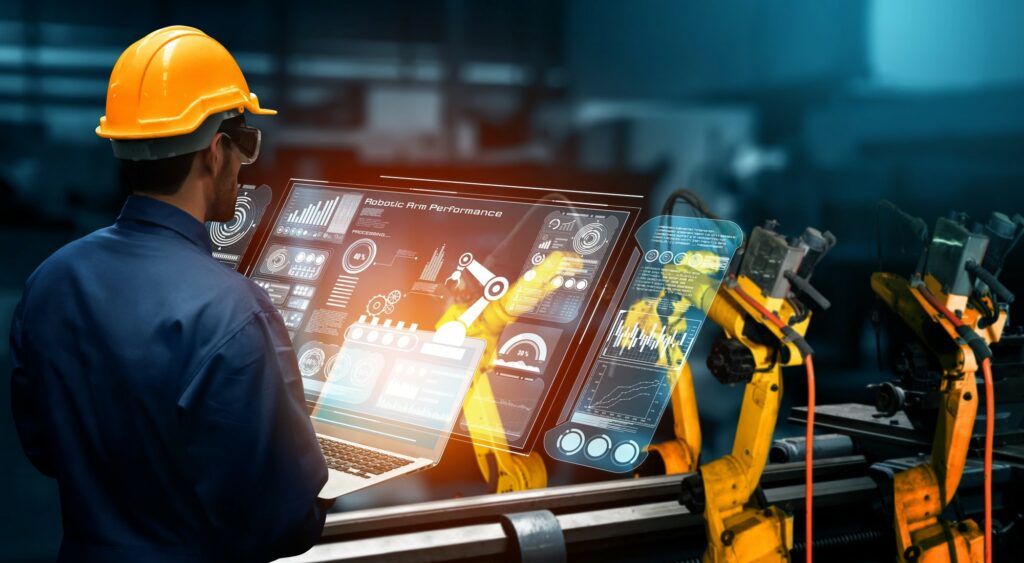Until recently, the evolution of control systems for manufacturing could have been described as slow and steady progress. Controllers became more powerful, networks became faster and more robust, operator interfaces became more responsive, drives added features and became more efficient, and sensors grew more accurate, but the changes were incremental and cumulative, rather than massive and disruptive. In this climate, the choice to upgrade a legacy control system was largely a function of downtime avoidance. If replacement components and support were still readily available, then the risk of extended downtime due to a failure was minimal. As parts and support becomes less available, the risk of extended downtime rose. Eventually, every control system reaches a tipping point where a single failure or downtime event will have such a disproportionate effect on production that proactively upgrading or replacing the system makes sense. However, few considerations were made for technology upgrades, feature additions, or architecture changes as the new options were, for the most part, functionally similar to what they were replacing. In recent years, by contrast, the world of manufacturing and automation is brimming with new technologies, new ideas, and new software. This innovative landscape affords new possibilities for manufacturers, particularly as they adopt Industry 4.0 principles. The decision to upgrade and/or modernize a control system was once a calculation based on risk reduction. Now, it also includes evaluating and weighing new features and options.
AMI Awarded $2M Grant from Florida Department of Commerce to Deploy Smart Manufacturing Lab
TALLAHASSEE, FL – Advanced Manufacturing International (AMI) has been awarded a $2M grant

